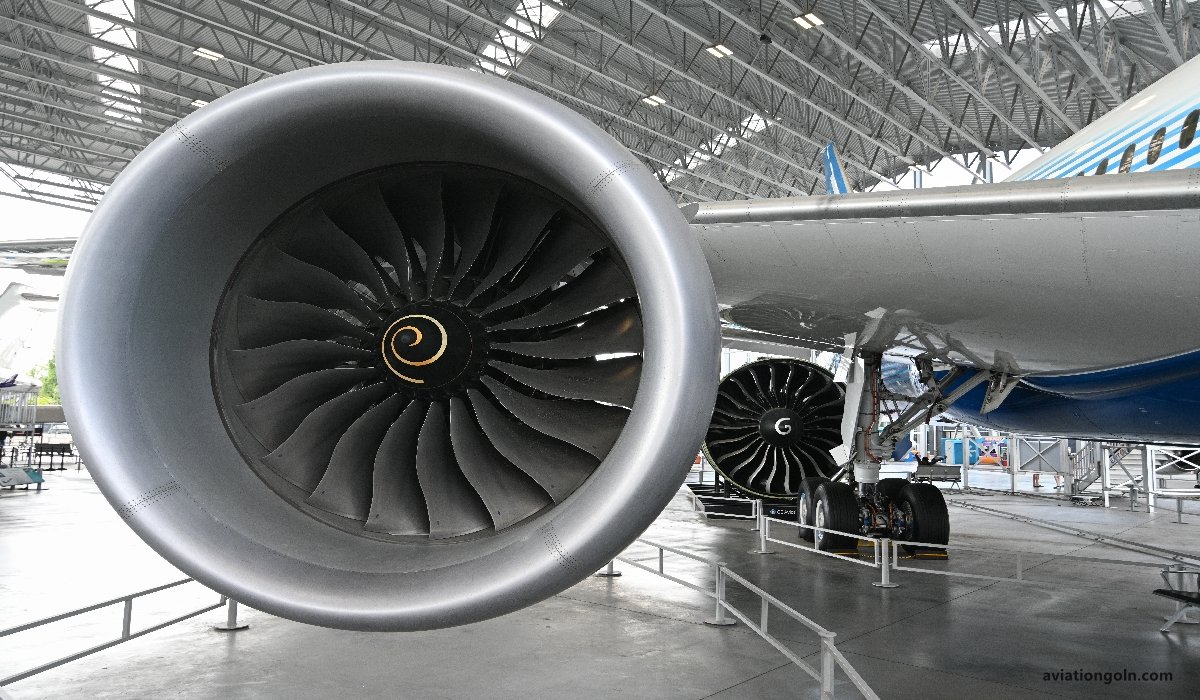Basics of Propulsion: Aircraft propulsion is a critical component of aviation, determining not just how an aircraft moves, but also its efficiency, range, and maneuverability. Understanding the basics of propulsion can provide insights into the mechanics of flight and the advancements we have made in air travel. This article will delve into the fundamental concepts of aircraft propulsion, its evolution, and its significant types.
Basics of Propulsion: Aircraft Propulsion
1. What is Propulsion?
Propulsion is a term that originates from two Latin words: ‘pro’, meaning forward, and ‘pellet’, meaning to drive. In the realm of aviation, propulsion refers to the force that drives an aircraft forward, overcoming the drag (air resistance) and allowing the plane to ascend and traverse the skies.

2. The Mechanics of Propulsion
At its core, propulsion works based on Newton’s third law of motion, which states that every action has an equal and opposite reaction. In aircraft propulsion, the “action” is the expulsion of air or exhaust gases backward, and the “reaction” is the forward motion or thrust of the aircraft.

3. Evolution of Aircraft Propulsion
The history of aircraft propulsion is a testament to human innovation:
- Early Beginnings: The Wright brothers, credited with inventing and building the world’s first successful airplane, used a simple internal combustion engine to power their aircraft’s propellers.
- Jet Age: By the 1930s and 1940s, jet engines started to emerge, revolutionizing aviation. This era saw aircraft achieving speeds and altitudes that piston engines couldn’t manage.
- Turbo Era: The development of turbojets and turbofans in the subsequent decades further refined propulsion efficiency and power.

4. Primary Types of Aircraft Propulsion
Aircraft propulsion systems can be broadly categorized into two types: piston engines (or reciprocating engines) and jet engines.
4.1. Piston Engines
Piston engines, reminiscent of those in many cars, function by converting chemical energy from fuel into mechanical energy through a sequence of explosions. These explosions drive pistons, which in turn rotate the aircraft’s propellers.
Components:
- Cylinder: Contains the piston and provides a space for the combustion of fuel.
- Piston: A movable plug that compresses the fuel-air mixture and captures the energy from its combustion.
- Crankshaft: Converts the linear motion of the piston into rotational motion to drive the propellers.
Functioning:
- Intake: The intake valve opens to allow a mixture of fuel and air into the cylinder.
- Compression: The piston compresses this mixture.
- Power: The spark plug ignites the compressed mixture, causing an explosion. The force pushes the piston down, turning the crankshaft and propeller.
- Exhaust: The exhaust valve opens, letting out the burned gases.

4.2. Jet Engines
Jet engines, also known as gas turbines, function on the principle of drawing air into the engine, compressing it, mixing it with fuel and igniting it. This process results in a high-speed jet of gas, which provides the necessary thrust.
Types:
- Turbojet: Draws air, compresses it, injects fuel, ignites the mixture, and expels it out. They are efficient at higher speeds.
- Turbofan: An advancement of the turbojet, turbofans have an additional fan at the front which draws more air. Some of this air bypasses the engine core, providing additional thrust. They are quieter and more fuel-efficient than pure turbojets.
- Turboprop: Combines features of jet engines and piston engines. A jet engine’s core drives a propeller, making it efficient for medium-speed and medium-altitude flight.
- Turboshaft: Similar to turboprops but designed to power helicopter rotors.

5. Thrust Production
Thrust in aircraft propulsion can be understood in two phases:
- Internal Phase: This phase happens inside the engine, where air undergoes acceleration due to combustion.
- External Phase: After combustion, the exhaust gases exit the engine, producing a jet that moves in the opposite direction to the flight, thus propelling the aircraft forward.

6. Modern Innovations
With the rising concerns about environmental impact and fuel costs, there’s a push for greener propulsion technologies:
- Electric Propulsion: Uses electric motors to drive propellers. These motors get power from onboard batteries or hybrid systems.
- Biofuels: Derived from organic materials, biofuels aim to reduce the carbon footprint of aviation.

Aircraft propulsion is a blend of scientific principles, engineering feats, and innovative advancements. As we stand at the cusp of potential breakthroughs like electric flight, understanding the basics of propulsion helps us appreciate the journey of aviation and anticipate its future trajectory. As with all technology, the propulsion systems of today owe their existence to the foundational principles of yesteryears and the relentless spirit of human innovation.
Read more:
